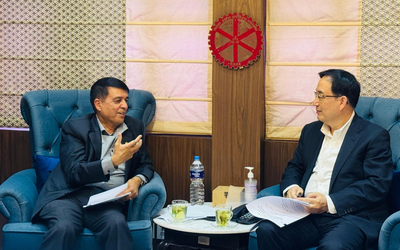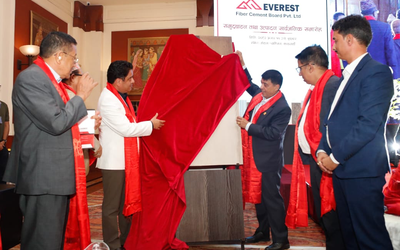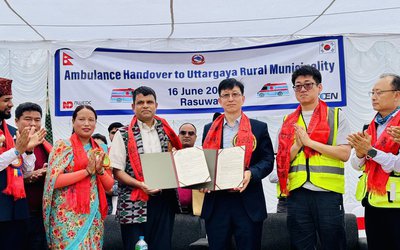More on Economy




In many parts of India, including in New Delhi and Mumbai, monsoon rains have picked up in recent weeks, bringing much-needed relief. But much of north, west and south India still have gotten only a fraction of the rain they normally receive, as I reported recently.
This year’s drought will be the fourth in the last 12 years and comes as several other parts of the world, including the United States, are suffering from heat waves. Some analysts and international organizations are worried that such droughts may become more frequent in the coming decades because of global warming caused by the human release of greenhouse gases.
While scientists will be the first to admit that they do not fully understand how the climate will change in the future, they are concerned that countries like India, Bangladesh and Pakistan could face new challenges. For instance, one popular hypothesis is that temperatures will rise and the monsoon will bring more rain to the subcontinent but that the downpours could be more intense and the dry spells between them would be longer.
So, how should India adapt to these changes, some of which may already be under way?
Prodipto Ghosh, a former senior Indian government official, told me that while he is not yet convinced that climate change will have a significant impact on the monsoon, the country needs to do more to prepare for the climate variability that already leaves some parts of the country with too much or too little water almost every year. In areas like eastern Maharashtra and New Delhi, for instance, preparations could include better rainwater harvesting so water from abundant years can be used in lean ones.
Parts of India like Gujarat and Rajasthan, which have elaborate and beautiful step wells, have historically saved rainwater to deal with the vagaries of the weather. But Mr. Ghosh said many of those systems are falling apart because they have either been abandoned or not properly maintained.
“We know which regions are vulnerable to particular type of events – which are the regions that are vulnerable to drought and which are vulnerable to floods,” said Mr. Ghosh, who is now a distinguished fellow at the Energy and Resources Institute in New Delhi. “What we should be doing is preparing for the current climate variability.”
Mr. Ghosh also argued that the government should revive an ambitious project to link Indian rivers to each other so that surplus water in the east and northeast of the country can be moved to areas in central and southern India that have less of it. While the idea of linking Indian rivers has been around for decades, it got a big push when the former Prime Minister Atal Bihari Vajpayee backed it when he was in office between 1999 and 2004.
But that plan is quite controversial. India’s neighbors Bangladesh and Nepal, along with environmentalists, have opposed parts of the project or the entire idea of river linking, which according to some estimates would cost as much as $1 trillion. Earlier this year, the Supreme Court ruled that the project should go ahead and appointed a committee to oversee it.
“We should prioritize this overall program and implement it in stages as we have the resources,” said Mr. Ghosh, who acknowledged the environmental concerns but said they could be addressed. “These are things that we need to do.”
Others say the solutions to India’s water problems do not have to be quite that ambitious.
Balaji Rajagopalan, an associate professor of civil, environmental and architectural engineering at the University of Colorado, said India can improve water use by moving the sowing of certain water-intensive crops like rice from places like Punjab, where water is increasingly becoming scarce, to the east of the country, where water is more abundant.
Mr. Rajagopalan, who is from the Telangana region of Andhra Pradesh state, told me that it made little sense, for instance, for farmers in that relatively arid region to grow rice or the popular genetically modified Bt cotton plant, which is more resistant to pests but requires more water. By contrast, he said states like Bihar and Assam often have a lot of water but their agricultural productivity is not as great as it could be.
“We have vast regions where you can grow crops,” he said. “Let’s move agriculture to the northeast. There are things that we can do right now that don’t require us to put all of our eggs in one basket.”
In recent years, the Indian government has begun following some of the advice and has set up an ambitious program to increase the production of rice, wheat and other crops in eastern states.
Mr. Ghosh, the former government official, said the most important thing for policy makers to keep in mind is that countries with greater financial and technical resources will generally be better placed to cope with the impact of climate change. That is why few people question whether the Netherlands will be submerged by rising sea levels while many have such fears about Bangladesh.
For India, he said, climate change is “certainly a significant policy concern and it should remain that way.” But he added: “Development and poverty eradication should have far greater salience in policy making in this country.”
http://india.blogs.nytimes.com/2012/09/04/how-should-india-deal-with-changing-monsoons/




